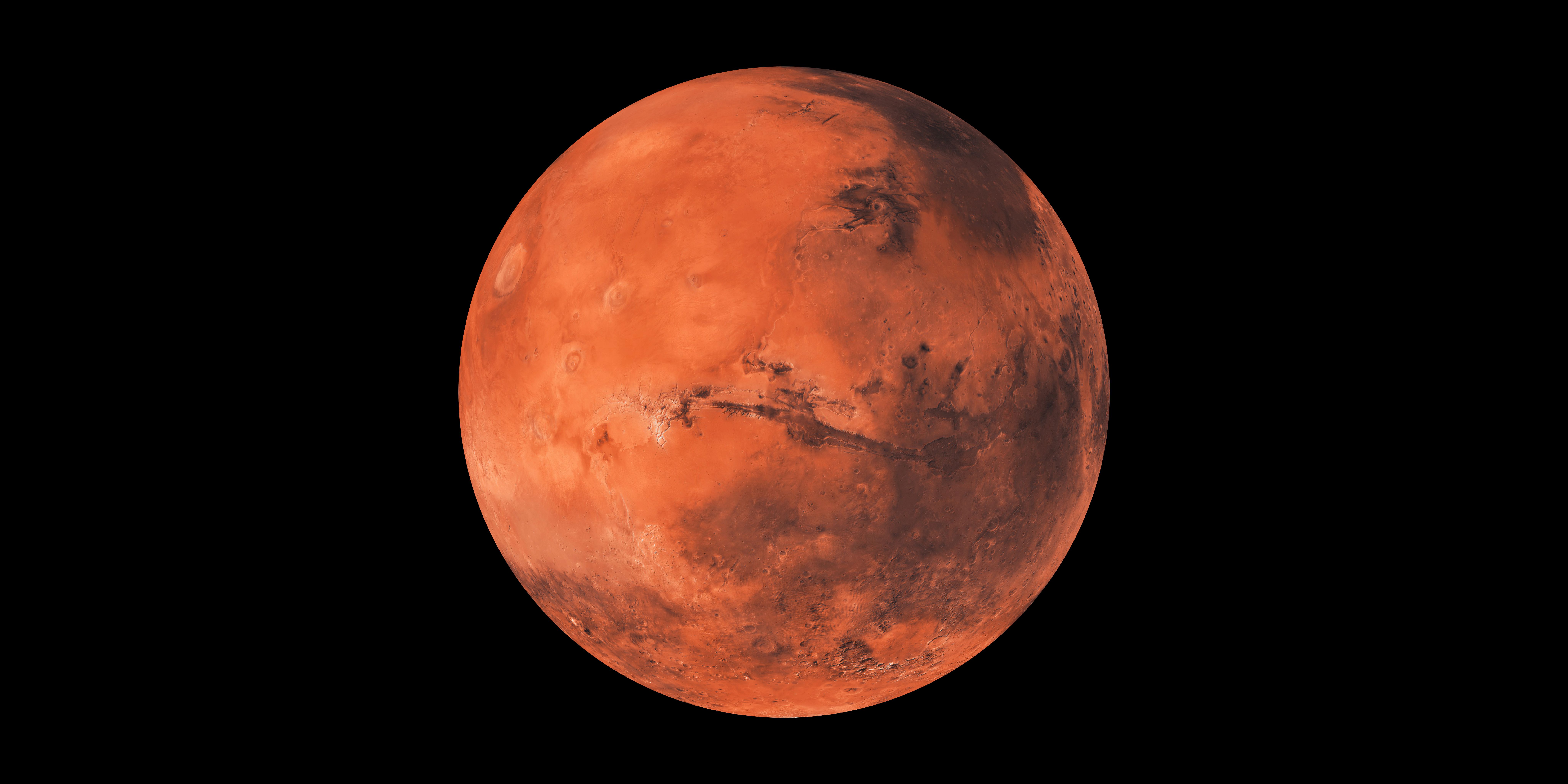Unlocking Mars' Secrets: Spectroscopic Study of Terrestrial Analogues Sheds Light on Rover Missions – An Analytica Chimica Acta Review
A review article explores the significance of analyzing terrestrial analogues to enhance spectroscopic capabilities for Mars exploration. The review highlights key findings and lessons learned from studying terrestrial analogues, providing valuable insights for the development of spectroscopic systems in current and future missions to Mars.
In what can only be described as the "Mars decade," space exploration is witnessing an unprecedented surge of interest in missions to the Red Planet. With the recent arrivals of the Emirates' Hope orbiter, China's Tianwen-1 mission, and NASA's Perseverance rover in 2021, along with the proposed upcoming ExoMars Rosalind Franklin rover, Mars is at the forefront of scientific exploration (1). Amidst these endeavors, the search for potential traces of past or present life on Mars has become a central objective. Analytical insights provided by spectroscopic techniques play a pivotal role in achieving this goal. To ensure the success of these missions, scientists have been studying terrestrial analogues that closely resemble Martian geological conditions. A comprehensive review published in Analytica Chimica Acta, titled summarizes the significant findings of spectroscopy-based analyses conducted over the past two decades.
Mars red planet black background | Image Credit: © Martin - stock.adobe.com

Authored by Fernando Rull from the University of Valladolid in Spain, this review highlights the integral role of spectroscopic instruments in space exploration missions. Rull's involvement in the development of Raman spectrometers for the Mars 2020/SuperCam, ExoMars/RLS, and RAX/MMX brings firsthand expertise to the discussion (1). The study underscores the importance of analyzing terrestrial analogues to test the scientific capabilities of spectroscopic prototypes and gain a deeper understanding of the geological processes that may have occurred on Mars.
Analyzing terrestrial analogues plays a crucial role in testing the scientific capabilities of spectroscopic instrument prototypes intended for Mars missions. By studying Earth-based locations and materials that resemble Martian geological conditions, scientists can simulate the expected conditions on Mars and evaluate the performance of these instruments in a controlled environment. Terrestrial analogues allow researchers to assess the accuracy, sensitivity, and limitations of spectroscopic techniques in detecting and identifying specific minerals, chemicals, or biomarkers relevant to Mars. Through comparative analyses, scientists can validate and refine instrument algorithms and calibration methods, ensuring accurate and reliable data interpretation on Mars. Furthermore, studying terrestrial analogues provides valuable insights into the geological processes and environmental factors that might affect the spectroscopic signatures observed on Mars, enabling scientists to better understand the complexities of the Martian surface. Ultimately, these studies with terrestrial analogues pave the way for the successful deployment and utilization of spectroscopic instruments in future Mars missions, enhancing our understanding of the Red Planet's composition and potential for habitability.
The review article highlights several spectroscopic techniques utilized in Mars exploration studies. Elemental data have been collected by alpha proton X-ray spectrometers (APXS), laser-induced breakdown spectroscopy (LIBS), and X-ray fluorescence (XRF) instruments onboard various Mars rovers. Mössbauer systems were used to analyze mineral phases on Martian rocks. Looking ahead, the upcoming ExoMars and Mars rover missions will feature the first Raman instruments validated for space exploration. The Raman laser spectrometer (RLS) will perform molecular analysis to identify traces of life on Mars, while SuperCam and Sherloc will use Raman spectroscopy, among other techniques, to characterize samples of high scientific interest. Future missions, such as the JAXA-Martian Moons eXploration (MMX) and the Europa Lander, also plan to employ Raman spectrometers for scientific investigations (1).
Drawing from a wide range of terrestrial analogue sites and materials, the review article outlines the analytical results and key insights obtained from these studies. Notably, the article emphasizes the lessons learned from ExoMars mission simulations conducted at representative analogue sites. By delving into the distinctive geological contexts of these terrestrial analogues, researchers have uncovered valuable information that informs the development of spectroscopic systems for current and future planetary missions.
The Analytica Chimica Acta review serves as a comprehensive resource for scientists and researchers interested in the study of Mars and the search for signs of life. It offers an in-depth examination of spectroscopy-based analyses carried out on terrestrial analogues, highlighting their contributions to our understanding of Martian geological processes. Leveraging the knowledge gained from these studies, the review provides an overview of the scientific outcomes that can be expected from the spectroscopic systems developed for ongoing and upcoming missions to Mars.
As the quest for answers on Mars intensifies, this Raman-centered review reinforces the crucial role of spectroscopic techniques in unraveling the planet's mysteries. By studying terrestrial analogues, scientists are paving the way for future rover missions and the potential discovery of evidence any forms of life beyond Earth.
Reference
(1) Rull, F.; Veneranda, M.; Manrique-Martinez, J. A.; Sanz-Arranz, A.; Saiz, J.; et al. Spectroscopic study of terrestrial analogues to support rover missions to Mars–A Raman-centred review. Anal. Chim. Acta 2022, 1209, 339003. DOI: 10.1016/j.aca.2021.339003
Best of the Week: AI and IoT for Pollution Monitoring, High Speed Laser MS
April 25th 2025Top articles published this week include a preview of our upcoming content series for National Space Day, a news story about air quality monitoring, and an announcement from Metrohm about their new Midwest office.
LIBS Illuminates the Hidden Health Risks of Indoor Welding and Soldering
April 23rd 2025A new dual-spectroscopy approach reveals real-time pollution threats in indoor workspaces. Chinese researchers have pioneered the use of laser-induced breakdown spectroscopy (LIBS) and aerosol mass spectrometry to uncover and monitor harmful heavy metal and dust emissions from soldering and welding in real-time. These complementary tools offer a fast, accurate means to evaluate air quality threats in industrial and indoor environments—where people spend most of their time.